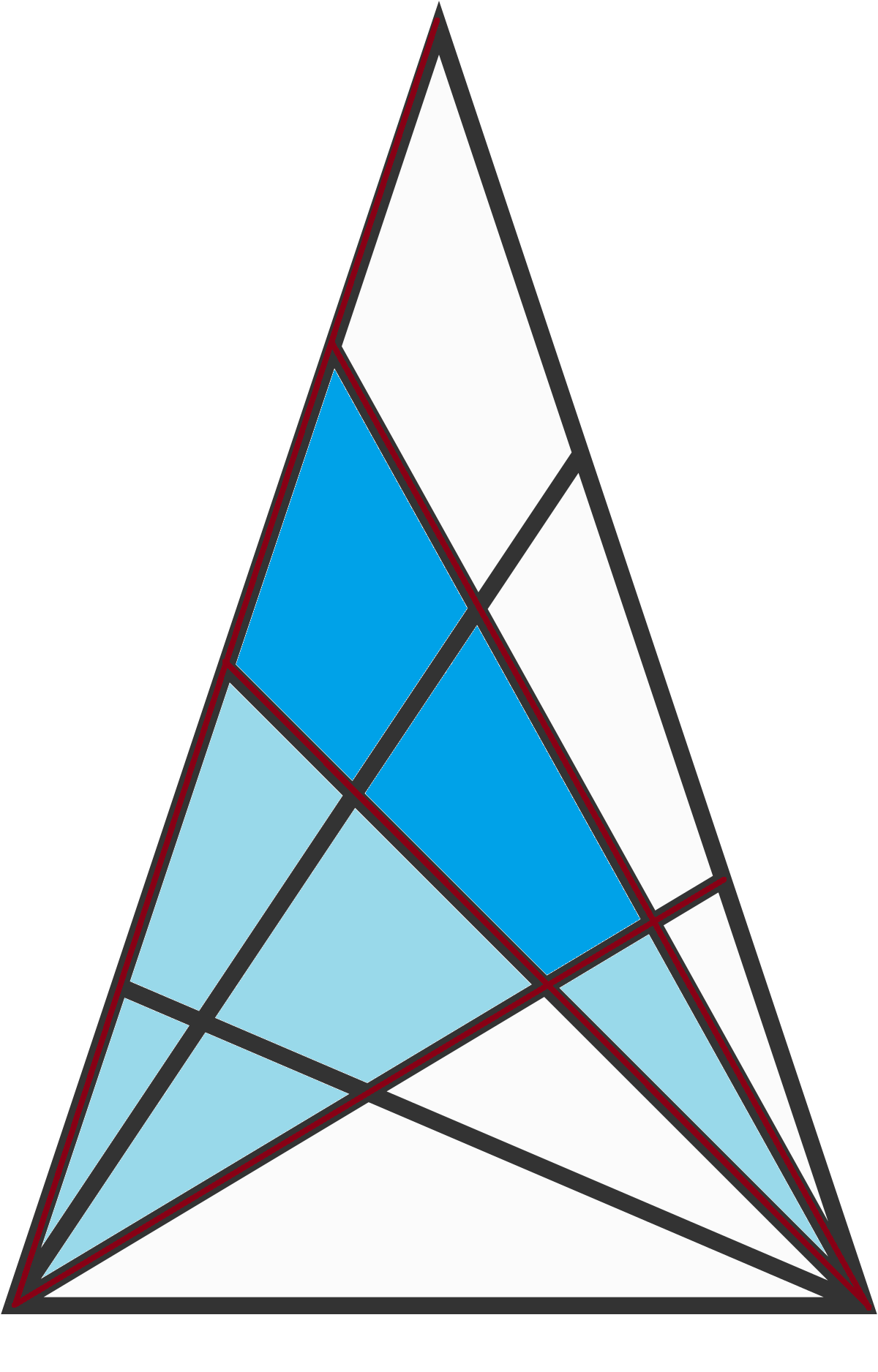Quadrilaterals in a Triangle
How many quadrilaterals are drawn in this figure?
Hint : Be sure to count both convex and concave quadrilaterals.
This section requires Javascript.
You are seeing this because something didn't load right. We suggest you, (a) try
refreshing the page, (b) enabling javascript if it is disabled on your browser and,
finally, (c)
loading the
non-javascript version of this page
. We're sorry about the hassle.
6 solutions
I'm curious What software do you use to draw these triangles?
And since each of the 18 convex quadrilaterals can only be extended into a concave quadrilateral by extension to the 2 corners, there can only be 18 more quadrilaterals involving the small quadrilaterals (at the top). The proof is concluded by showing that no combination of the small triangles can be a quadrilateral due to the fact that each triangle is joined by an entire edge so putting any 2 triangles together would result in another triangle.
I don't understand the concept of a 3 x 2 quadrilateral when no measurements are given and there are no rectangles.
Log in to reply
“3+2+1”actually is “3×2×1”,which means that you choose two lines out of four lines,namely binomia (4,2).“2+1”is actually “2×1”.
The quadrilateral colored blue in the 18th picture is the 3 x 2 quadrilateral because it is made up of 3 rows and 2 columns of smaller quadrilaterals.
Very nice solution. Really smart
I had overlooked the possibility that the quadrilaterals could be concave.
I get 37. I counted the original quad in it's entirety.
There are 1 8 convex quadrilaterals, all coming from the 2 × 3 block at the top. Each of these is in a 1-1 correspondence with the concave quadrilaterals by extending the sides downward to meet at the bottom. 1 8 ⋅ 2 = 3 6
Convex quadrilaterals: This is as same as counting the amount of rectangles in a 2 × 3 grid, so it's ( 1 + 2 ) ( 1 + 2 + 3 ) = 1 8 .
Concave quadrilaterals: Choose a big triangle, and cut out a smaller triangle will become a concave quadrilaterals. Counting and get 18.
So,there are 18+18=36 quadrilaterals.
Interesting. How did you set up the bijection?
Log in to reply
It's the "top" of the image.
I did it in a similar way with ( 2 3 ) × ( 2 4 ) .
The concave quadrilaterals were missing from this calculation. I've updated the answer.
I love science😘😝🤤
Firstly, observe that bottom line cannot be a side of a quadrilateral, but only of triangles. Next, let's denote the group of lines (directions) which intersect with each other in left-bottom corner with A (there are 3 such lines) and the group of lines which intersect with each other at bottom-right corner with B (there are 4 such lines). Then, consider what happens when we choose four lines at random. If these four lines consists of two pairs of lines where one pair consists of lines that belong to group A and the other of those that belong to B, then we have defined two quadrilaterals, one convex and the other concave (look at the picture). On the other hand, if three or all four chosen lines are the lines belonging to single group, so either A or B, then we haven't defined any quadrilateral.
 Convex quadrilateral defined by given lines is colored in blue, while extension to concave quadrilateral is colored in light blue
Convex quadrilateral defined by given lines is colored in blue, while extension to concave quadrilateral is colored in light blue
Thus, we can calculate the number of quadrilaterals without explicitly counting them: N = 2 × ( 2 3 ) × ( 2 4 ) = 3 6
There are 8 lines drawn to make the shapes, and each shape can be either concave or convex. This means that each line has two possible methods of relating to a quadrilateral shape, meaning it has two dimensions. Each line is a component of all possible shapes that could be made, and all lines are arranged in a triangular (3-dimensional) formation. We are looking for four-dimensional quadrilaterals that can be built out of these shapes.
The construction of the problem is an ascending numerical order (2, 3, 4) that we want to find the top of (quadrilaterals). So we do the inverse of the relationship, from the smallest available shape (the lines).
8! = 8+7+6+5+4+3+2+1 = 36
More importantly though, the last question was also about factorials.
8 ! = 8 × 7 × 6 × 5 × 4 × 3 × 2 × 1 = 5 0 4 0 , not 36.
Can you elaborate on how you get 8+7+6+5+4+3+2+1?
The correct answer is 36.
1) First if all disorder all shapes without four corners.
2) Count the remaining shapes, in this case six shapes with four corners are left.
3) Now you take the number of all remaining shapes with 4 corners high 2 = 6^(2) This way you are going to find out all possible conditions.
6 ^ (2) = 36
Here are the 3 6 quadrilaterals:
From the 3 × 2 convex quadrilateral near the top there are ( 3 + 2 + 1 ) ( 2 + 1 ) = 1 8 convex quadrilaterals (top two rows), and each of those convex quadrilaterals are the intersection of two triangles that make up a concave quadrilateral (bottom two rows), for a total of 2 ⋅ 1 8 = 3 6 quadrilaterals.